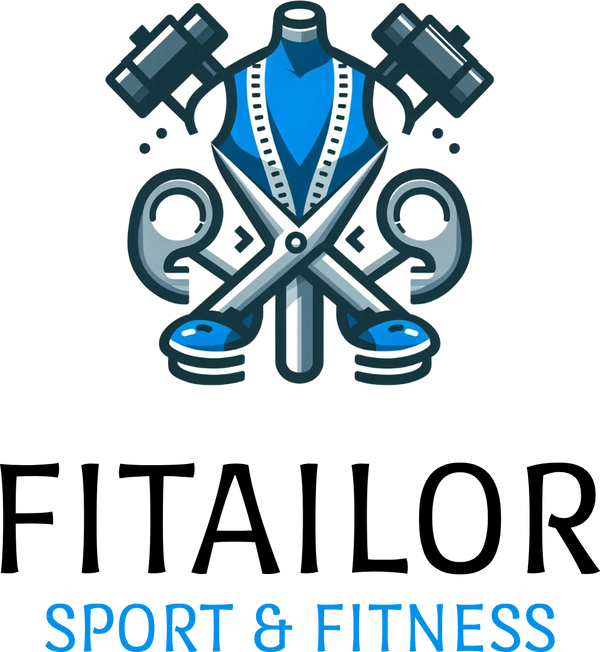Effective Cardio Tips
optimal heart rate range

To find out at which heart rate you burn most of your calories during cardio activities like running or cycling, first you need to know the heart rate zones that are most effective for fat burning and overall calorie expenditure.
To understand heart rate zones we first need to know what the five main heart rate zones are and what they are based on. The maximum heart rate (MHR) is estimated by subtracting your age from 220. For example, if you are 30 years old your estimated MHR would be 190 beats per minute (220 – 30 = 190) (there is a complicated calculation but for most of the people this is enough).
The zones are: Zone 1 (Very Light): 50–60% of MHR – Light activity, primarily for warm-ups and cool-downs.
Zone 2 (Light): 60–70% of MHR – This is the ‘fat burning’ zone. Moderate exercise intensity, ideal for building endurance and burning fat.
Zone 3 (Moderate): 70–80% of MHR – Cardiovascular conditioning zone. It increases stamina and fitness.
Zone 4 (Hard): 80–90% of MHR – High intensity work, improves aerobic capacity and speeds up fat and carbohydrate burning.
Zone 5 (Maximum): 90–100% of MHR – Intense exertion, typically used for sprints and short bursts of effort. Maximizing calorie burn can be achieved through higher intensity, but this has to be combined with the ability to sustain it.
fat burning zone (Zone 2)- Why it’s important? At lower intensities your body uses fat as the primary energy source. Thus, training in Zone 2 (60–70% MHR) for longer periods improves fat oxidation i.e., more fat is burned in a given period. It is often referred to as the ‘fat burning zone’ because your body is more likely to use fat for fuel at this level. Optimal calorie burn: While fat is being burned at a higher rate in Zone 2 the intensity is low, so the total calorie expenditure may be less per minute. But because you can sustain this zone for longer periods of time (typically 30–90 minutes), it can be very effective at burning calories.
Cardio zone (Zone 3)- Why it’s important? This is where you will spend more time in aerobic training, where your body begins to shift from primarily burning fat to also burning carbohydrates (glycogen). At this moderate intensity, your heart and lungs work more efficiently, improving cardiovascular fitness while still allowing fat burning. Optimal calories burn. The overall calorie burn per minute is higher in Zone 3 than in Zone 2 because the intensity is higher. You will burn more calories in shorter duration efforts in this zone, making it effective for fat loss when combined with sustained exercise.
checkout this amazing fitness smartwatch (paid ad)
High Intensity Zone (Zone MHR 4)- Why short bursts important? Exercising at high intensity 80–90% work of such your as sprinting or cycling at high speed. This zone predominantly burns carbohydrates for fuel and can result in greater post exercise calorie burn due to the afterburn effect (EPOC – Excess Post Exercise Oxygen Consumption). and this in turn contributes to the increased daily caloric expenditure.
